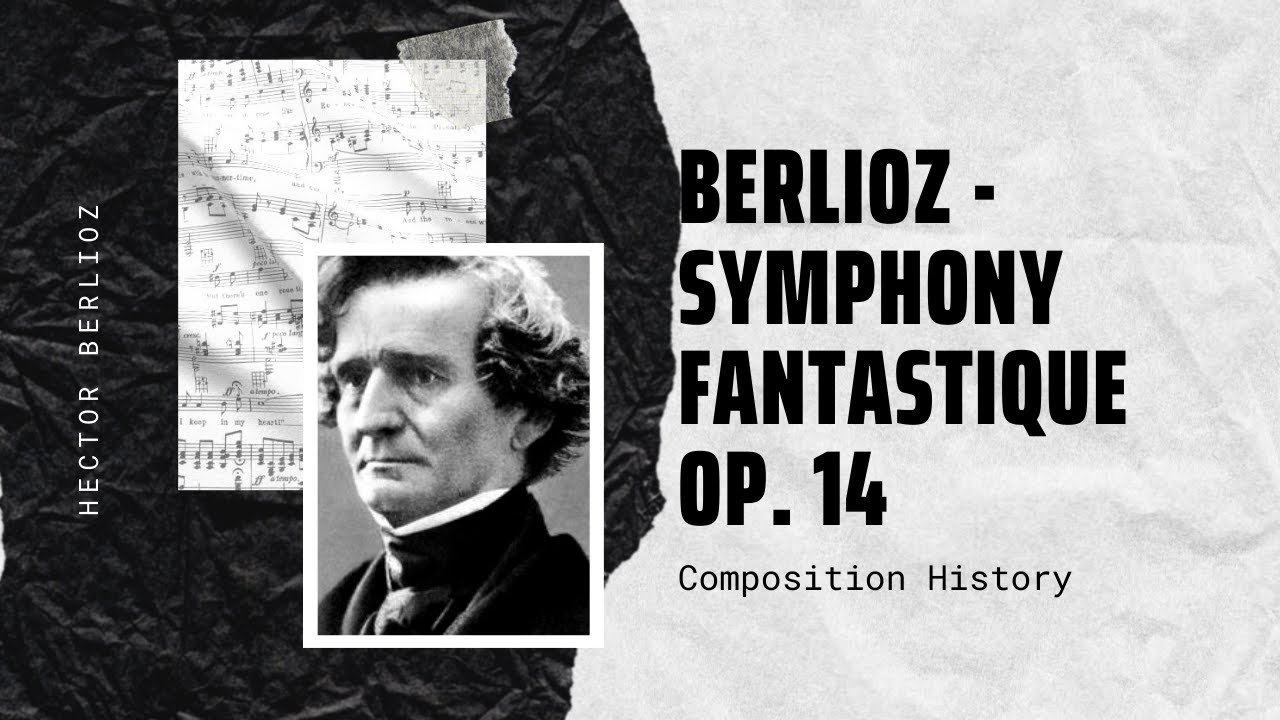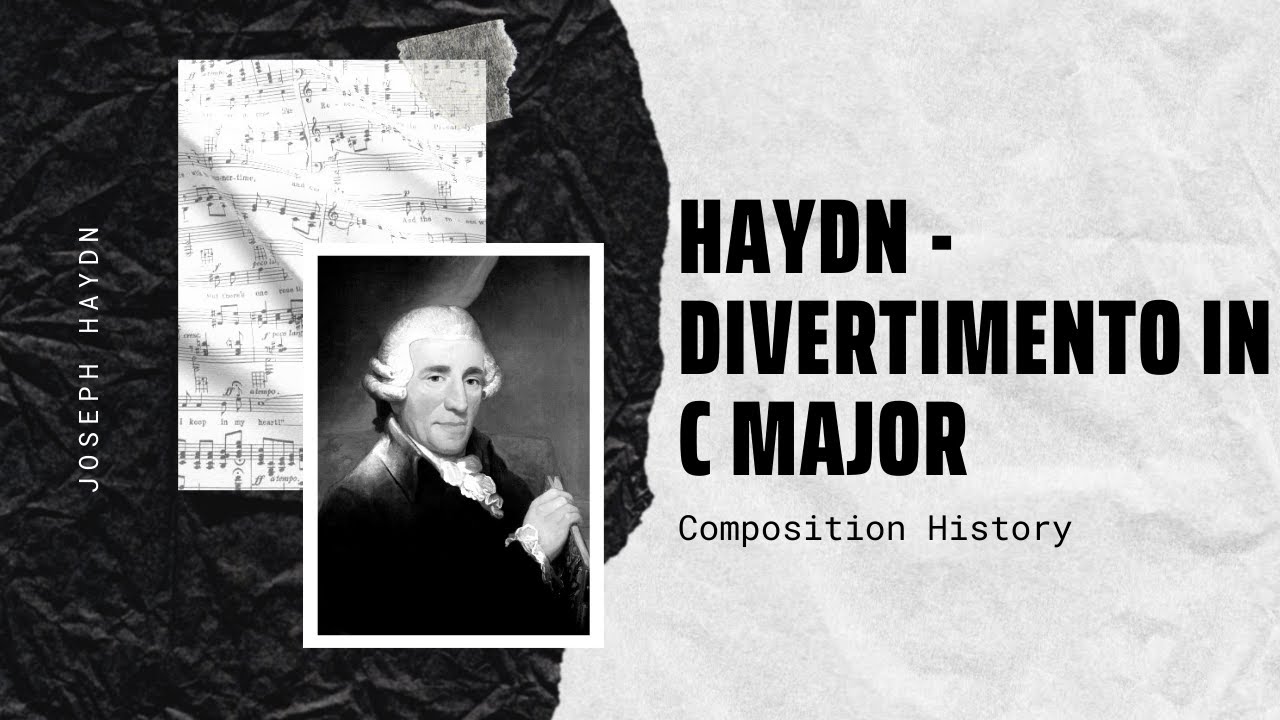
Berlioz – Symphony Fantastique Op. 14
Hector Berlioz – Symphony Fantastique Op. 14 Symphonie fantastique: Épisode de la vie d’un artiste … en cinq parties (Fantastical Symphony: Episode in the Life of[…]

Haydn – Divertimento in C major, Hob XVI1
Franz Joseph Haydn – Divertimento in C major, Hob XVI1 Franz Joseph Haydn (31 March 1732 – 31 May 1809) was an Austrian composer of the[…]

Chopin – Tarantelle, Op. 43
Frédéric Chopin – Tarantelle, Op. 43 The Tarantelle in A-flat major, Op. 43 is a short piano piece in tarantella form, written by Frédéric Chopin in[…]

Haydn – Symphony No. 73 in D major (The Hunt)
Franz Joseph Haydn – Symphony No. 73 in D major (The Hunt) The Symphony No. 73 in D major, Hoboken 1/73, is a symphony by Joseph[…]

Chopin – Nocturne Oubliée in C sharp minor
Frédéric Chopin – Nocturne Oubliée in C sharp minor The Chopin nocturnes consist of 21 pieces for solo piano written by Frédéric Chopin between 1827 and[…]

Weber – Euryanthe, Op. 81
Carl Maria von Weber – Euryanthe, Op. 81 Euryanthe is a German “grand, heroic, romantic” opera by Carl Maria von Weber, first performed at the Theater[…]

Verdi – The Force of Destiny (Overture)
Giuseppe Verdi – The Force of Destiny (Overture) La forza del destino (Italian pronunciation: [la ˈfɔrtsa del deˈstiːno]; The Power of Fate, often translated The Force[…]

Ravel – Le tombeau de Couperin
Maurice Ravel – Le tombeau de Couperin Le Tombeau de Couperin is a suite for solo piano by Maurice Ravel, composed between 1914 and 1917. The[…]

Rachmaninoff – Piano Sonata No. 2, Op 36
Sergei Rachmaninoff – Piano Sonata No. 2, Op 36 Piano Sonata No. 2, Op. 36, is a piano sonata in B-flat minor composed by Sergei Rachmaninoff[…]

Chopin – Nocturnes, Op. 37
Frédéric Chopin – Nocturnes, Op. 37 The Nocturnes, Op. 37 are a set of two nocturnes written and published by Frédéric Chopin in 1840, though it[…]